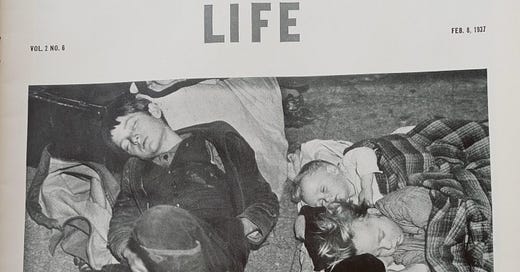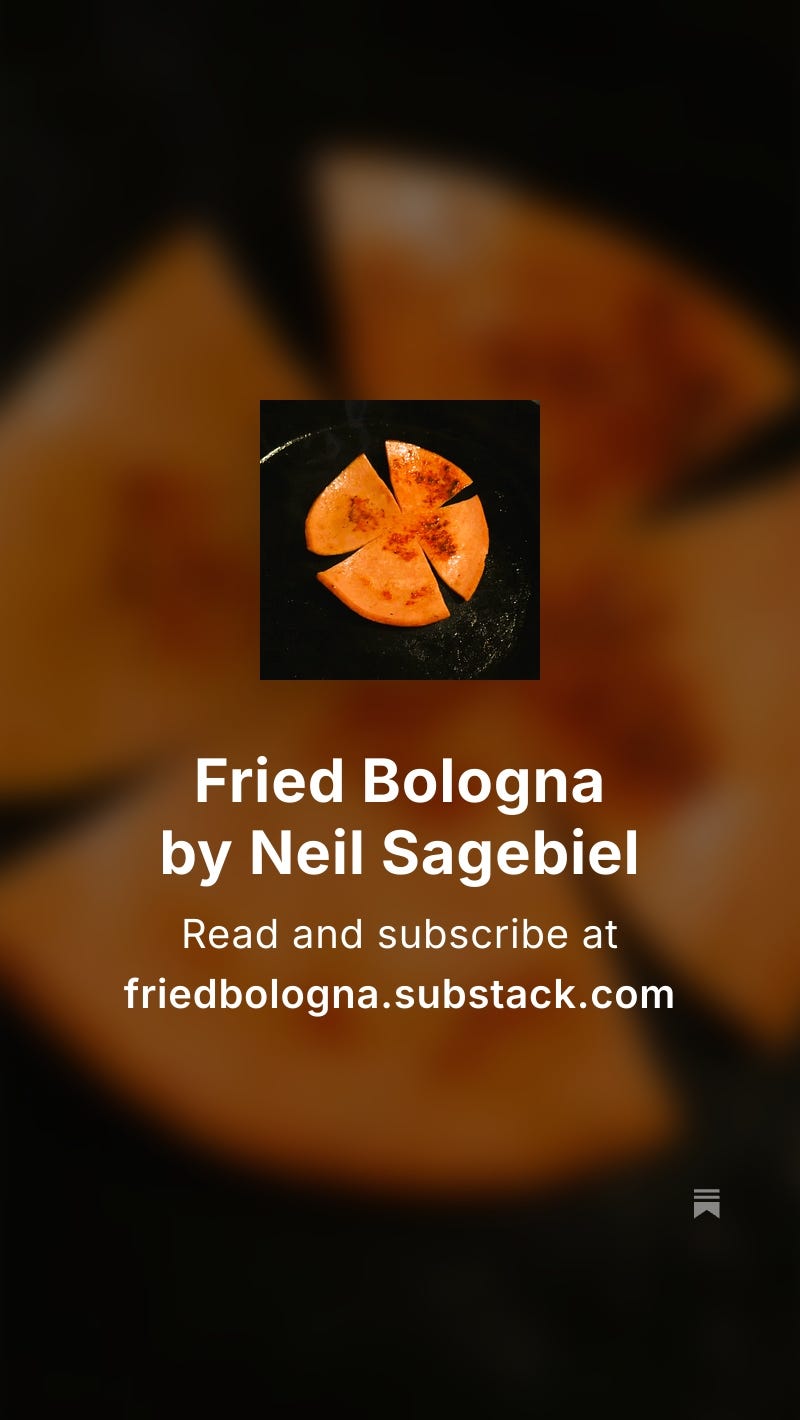I’m pausing the flood narrative today because I want to share more about how the Great Flood of 1937 became a writing project and a family history project — and not only about my family.
I hope to share these “author notes” — a look behind The 1937 Flood Journal — on a semi-regular basis. What do you think? Would you enjoy knowing any of the story behind the story? Let me know in the comments.
Thanks again for reading. It’s great to have you along.
It was almost exactly nine years ago when it occurred to me that it might be time to write about this flood.
After spending Thanksgiving 2015 with our family in Jeffersonville, Indiana, we were driving east on I-64 through Louisville, Kentucky, near Churchill Downs. That’s when it hit me. I knew what I wanted to do next. A next project to research. A next book — or something — to write.
It was as if the skies had cleared.
The way forward was clouded after publishing two golf books (The Longest Shot and Draw in the Dunes) in 2012 and 2014. Those books, and all that went into pitching, researching, writing and promoting them, were a huge highlight.
After my first book came out and received so much positive attention, I recall standing inside of the media center at the 2012 U.S. Open in San Francisco and thinking, “If this is it, if I accomplish nothing else as a writer, I’m good.”
Still, after the full cycle of putting out two books, what was next?
I didn’t know. I thought and searched and considered many possibilities.
I hoped to identify a new book project. I turned down another golf book about a trailblazer because the timing was wrong. I entertained other book ideas, but nothing materialized.
I knew from the recent experience of writing two books back-to-back that I had to be fully committed to a next book project. Writing a book is a long trip you have to be willing to make, no matter the outcome.
Over time, I shelved golf, including the golf blog I started in 2005 that led to so many pinch-myself opportunities. I moved on.
During this timeframe, I continued to write for clients in the for-profit and nonprofit worlds.
(I’d had a long career as a freelancer, an ad agency copywriter and a contract marketing writer for a major newspaper. Becoming a blogger and author came late in my career.)
I also wrote fundraising communications for universities. And I wrote commentaries and personal essays for a regional newspaper and other publications.
Then something unexpected happened.
My brother and sister-in-law moved to Virginia from California. They brought our parents with them. For me, it was like a family reunion. I was the one who had moved away nearly 30 years earlier, first to Seattle, then to Virginia.
Now they were close, and I jumped back in, a part of things.
What occurred to me while driving home from Indiana was that I could sit with my father and collect stories about his boyhood, his hometown and the epic flood that changed his life.
Dad’s mind and memory were exceptional for someone his age. He loved to talk and tell stories. Reflecting on his life was a daily activity. His audience was anyone willing to listen. I showed up as both a son and a scribe.
I asked questions and guided conversations, but mostly I listened. Sometimes I recorded, especially in the beginning; other times I took notes. Later on, I recorded voice memos in the parking lot after visiting him in the nursing home.
Much of it was unplanned. I would visit and new things would spill out of him, even during his final weeks. Dad died in November 2021 at the age of 94.
So, this was how “The Flood,” as it was called in my family, turned up as I was nearing retirement. Of course, there was more than a flood to discover. The family stories and histories expanded in multiple directions.
There was something else.
I found a manila folder in a filing cabinet around this same time period. Written on the tab in faded ink was “The Flood.” Inside were a couple of sheets containing notes and ideas, and a date — 2007. At that time, before I stumbled into golf and became a published author, I had thought this flood story could be something, perhaps a book.
It could still be a book, but for now I’m content to share the flood and the people of the flood with you, here, week by week.
Until next time, when the waters continue to rise,
Neil
P.S. I invite you to read or listen to the introduction to The 1937 Flood Journal. You can also access the archives for the full chronology or anything you’ve missed.
FRIED BOLOGNA: Family Stories from the American Midwest and Upland South Join me for stories about my ancestors who lived, worked and traveled in the hills and along the rivers of Arkansas, Illinois, Indiana, Iowa, Missouri and beyond.






